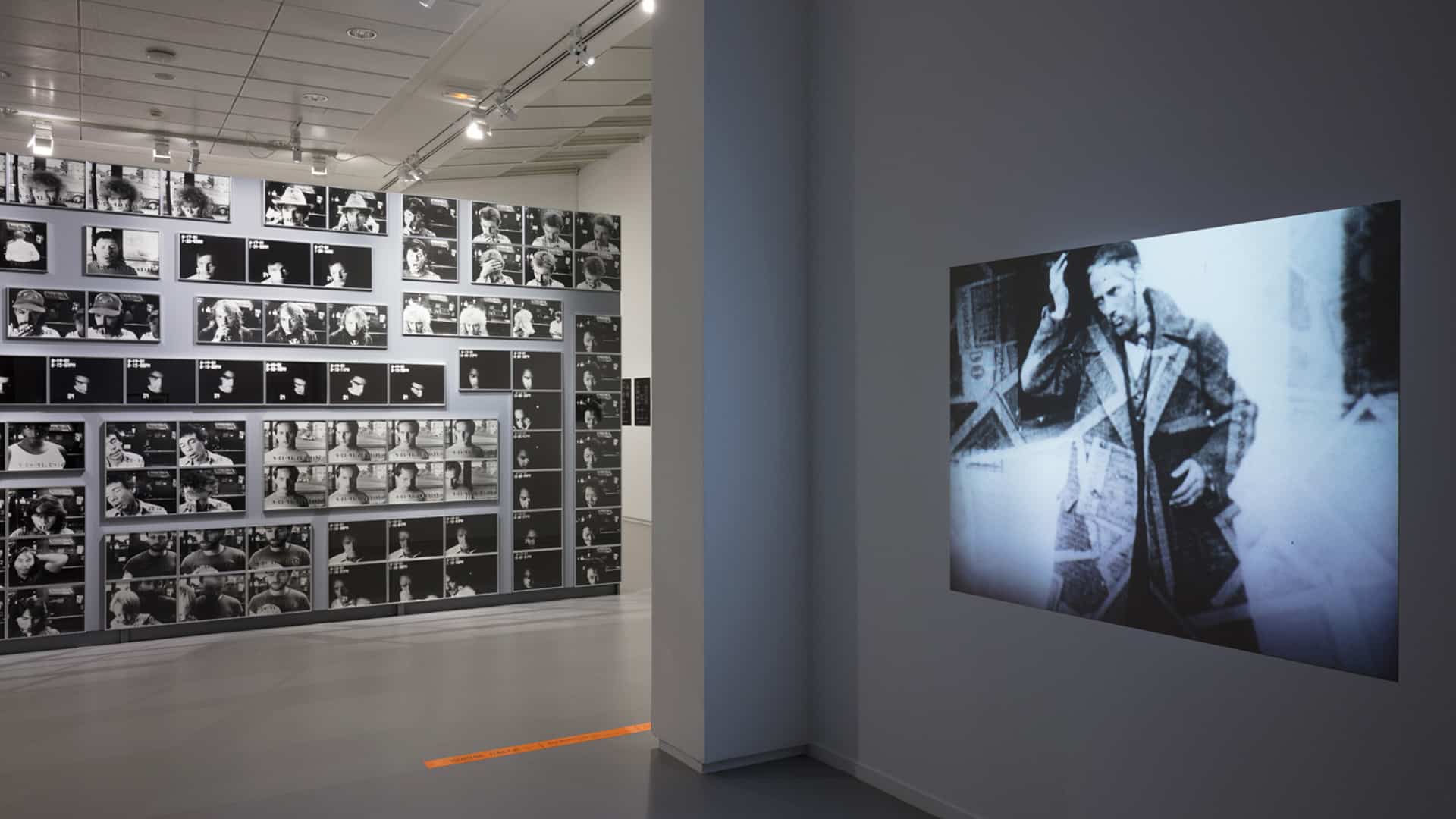At the first signs of the Covid-19 outbreak, many photography museums and galleries around the world, especially in Europe and the United States, closed their doors to the public. This difficult situation has forced these institutions to reinvent themselves in order to survive.

You’re getting blind.
Don’t miss the best of visual arts. Subscribe for $9 per month or $108 $90 per year.
Already suscribed ?



